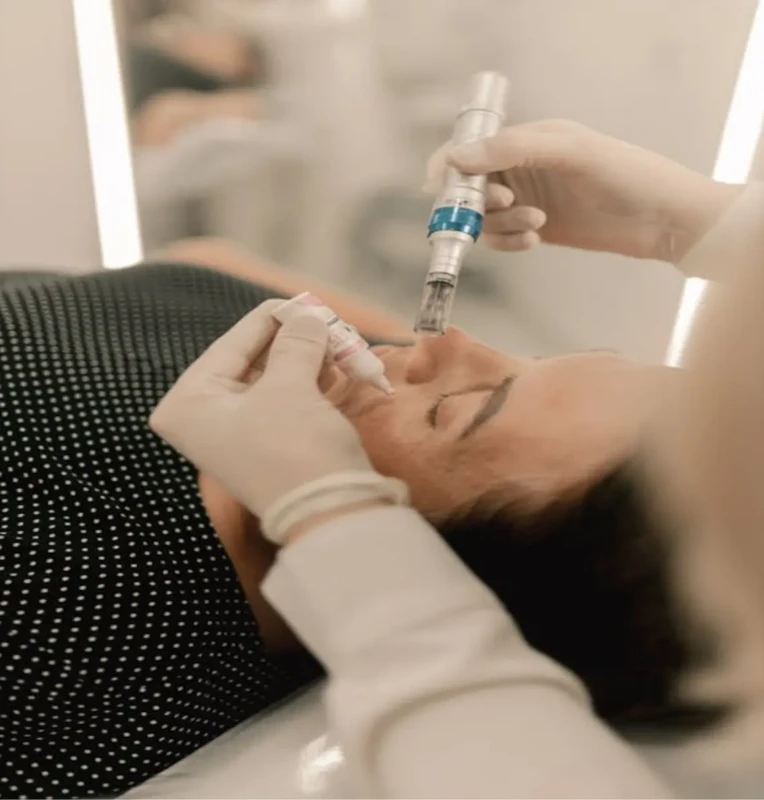New Developments in Medical-Grade Microneedling Devices: Safety, Materials, and Clinical Data

Medical professionals are adopting these new tools. The focus is on precision and patient comfort. This article explains the key improvements. It covers device engineering, materials, and scientific proof.